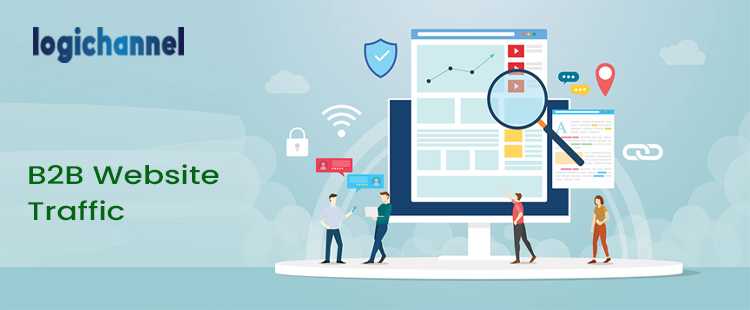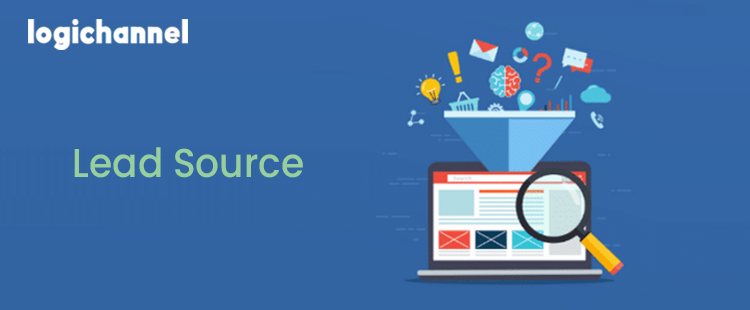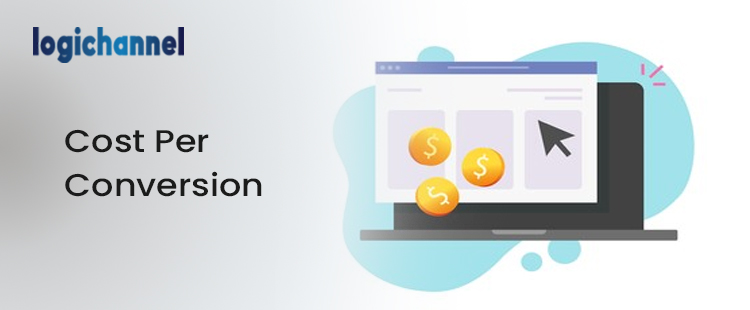B2B marketing analytics are critical to the long-term success of your business. Knowing how to properly measure your marketing efforts might give you a leg up on the competition. If you don’t use analytics, your team will struggle to understand campaign success, make plan improvements, and troubleshoot any reoccurring issues. But, with so much data at my disposal, which data points or metrics should I pay attention to the most? Indecision, indecisiveness, or, worse, decisions based on incorrect assumptions can result from too many facts without clarity or comprehension.
Continue reading to learn about five indicators to keep an eye on in order to ensure that your website and B2B marketing initiatives are performing at their best.
B2B Website Traffic
Set up a Google Analytics account to begin gathering data from your B2B website (or a similar tracking platform). Once you have some data, you should spend some time establishing baseline metrics for your initial B2B website visitors. This gives you information and tracks the traffic that comes in as a result of your various marketing efforts. Organic, paid, direct, and social, referral, or other traffic will be classed as follows: organic, paid, direct, social, referral, or other.
 Website traffic is an important measure to track since it allows your marketing team to focus on the correct projects while also staying on top of any potential concerns. Low traffic or extremely low, or even high, levels of engagement can signal a problem with your Google Analytics implementation or a technical issue with your B2B website. Understanding your Google Analytics baseline might serve as your first line of protection against future website difficulties.
Website traffic is an important measure to track since it allows your marketing team to focus on the correct projects while also staying on top of any potential concerns. Low traffic or extremely low, or even high, levels of engagement can signal a problem with your Google Analytics implementation or a technical issue with your B2B website. Understanding your Google Analytics baseline might serve as your first line of protection against future website difficulties.
Engagement Rate

Any visitor who does not quickly bounce off a landing page, browses numerous pages on your website, spends a significant amount of time on your B2B website, or converts is considered to be engaged. Low engagement rates usually suggest that the quality of your material falls short of the user’s expectations. This gives you the chance to enhance the content on your B2B website or optimize for more relevant keywords. It’s critical that your sites provide clear answers to the search terms and questions you’re targeting, otherwise, you risk a user leaving your site.
Keyword Tracking
As previously stated, the SEO keywords for your B2B website can make or break it. Early on in your B2B marketing campaigns, choosing and sticking to the right industry-specific keywords creates the framework for a more united and successful long-term strategy. Keyword reporting tools like as Moz and SEM Rush may provide a variety of data on keyword performance and trends.
![]()
It’s vital to remember that organic keywords fluctuate in popularity over time. Keywords that are consistently heading downward, on the other hand, may indicate that you should place more emphasis on that term in order to produce more high-quality searches. Over the following few months, you should add themes that target this term to your editorial schedule, whether through new landing pages or other thought leadership content. Although this term should be prioritized, don’t forget to keep an eye on your other high-performing keywords.
Lead Source
Lead generation is essential for any B2B website’s success. The next step is to evaluate which sources are converting after you’ve identified where your visitors are coming from and how they’re interacting with your website. Giving all leads that arrive from your B2B website a source can help you better understand the performance of each marketing effort.

Instead of focusing on the number of leads, it’s better to concentrate on the quality of the leads. Sure, having 100 leads is excellent, but if 90% of them aren’t qualified, irrelevant, or even spam solicitations, there could be greater problems lurking beyond the surface of your website. Leads from these sources inflate your statistics, making the success of your B2B marketing campaigns appear to be inflated.
Cost Per Conversion
When using paid search advertisements, bear in mind your overall campaign budget as well as how much you’re spending every convert. Paid advertising should always yield a positive Return on Investment (ROI). It’s critical to maintain a watch on your PPC campaign at all times to eliminate any bad keywords, optimize the landing page, and track your ad expenditure.

Keep in mind that the average conversion rate for Google Ads across all B2B businesses is roughly 3%. You may already be in a good situation if you frequently meet this criterion, but it’s always a good idea to check in on the accuracy and quality of those leads on a regular basis.
Bottom Line
Marketing metrics are dynamic, and there is no such thing as a one-size-fits-all approach. These five data points, on the other hand, are crucial to your organization’s performance, and comprehending them all together allows you to make confident, smart decisions in the future. Tracking the proper metrics for your B2B firm on a regular basis and making changes based on the data can be a game-changer for efficiently generating sales.
The metrics mentioned above will disclose whether or not your marketing initiatives are having the desired impact on your business. Knowing your data will help you optimize your marketing budget and generate excellent outcomes, regardless of the size of your company.






